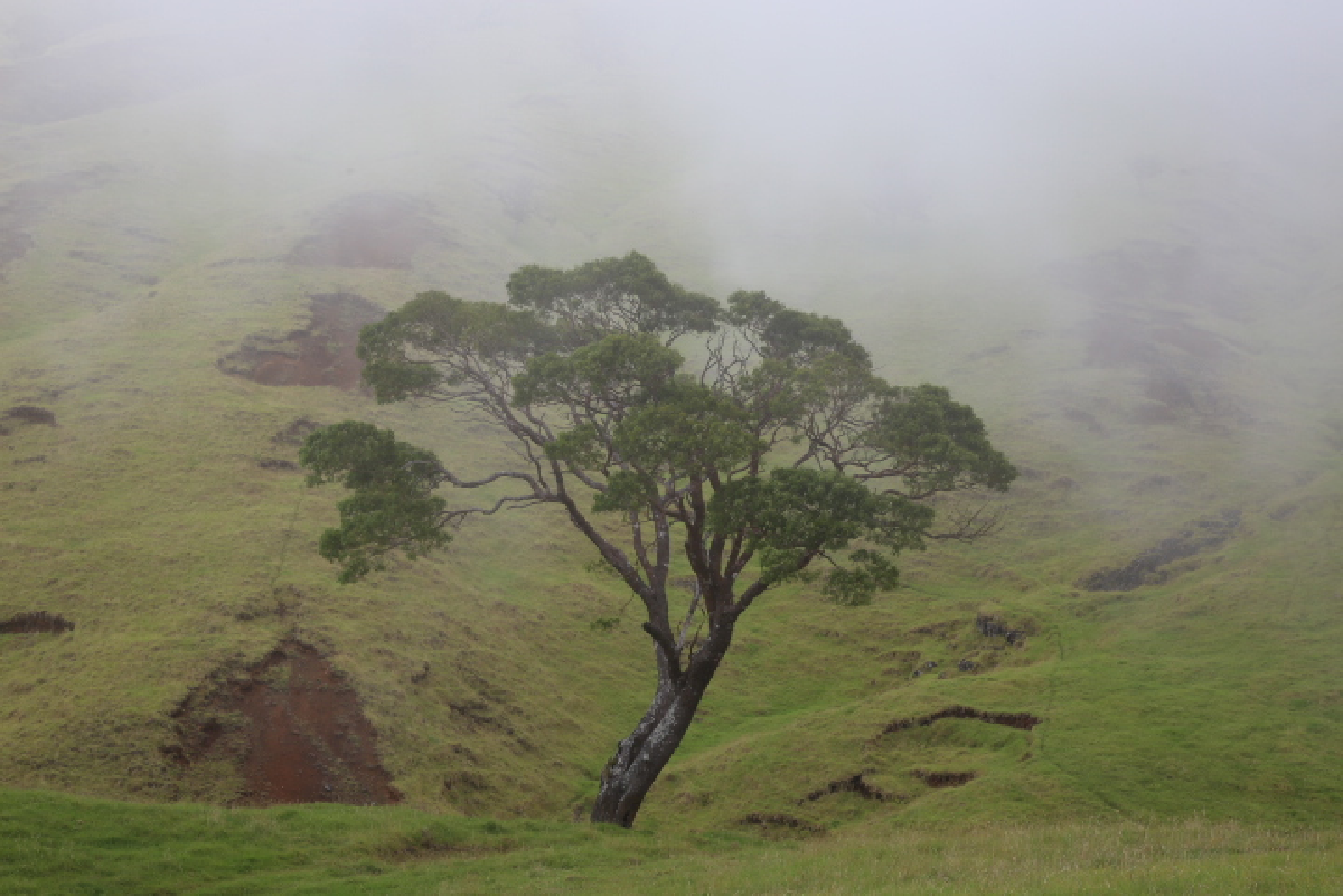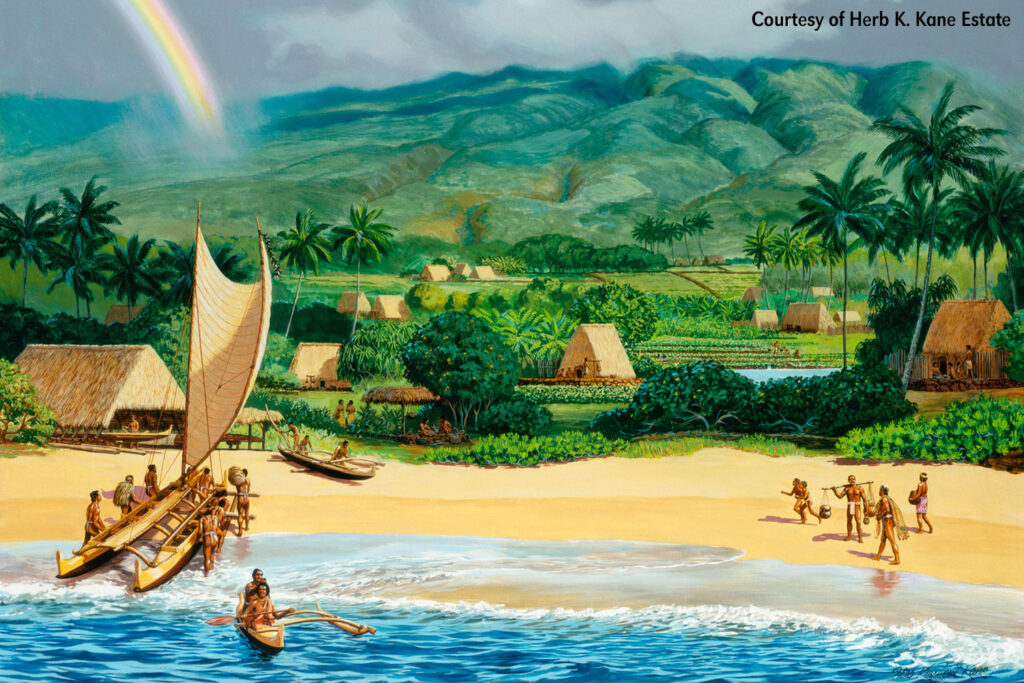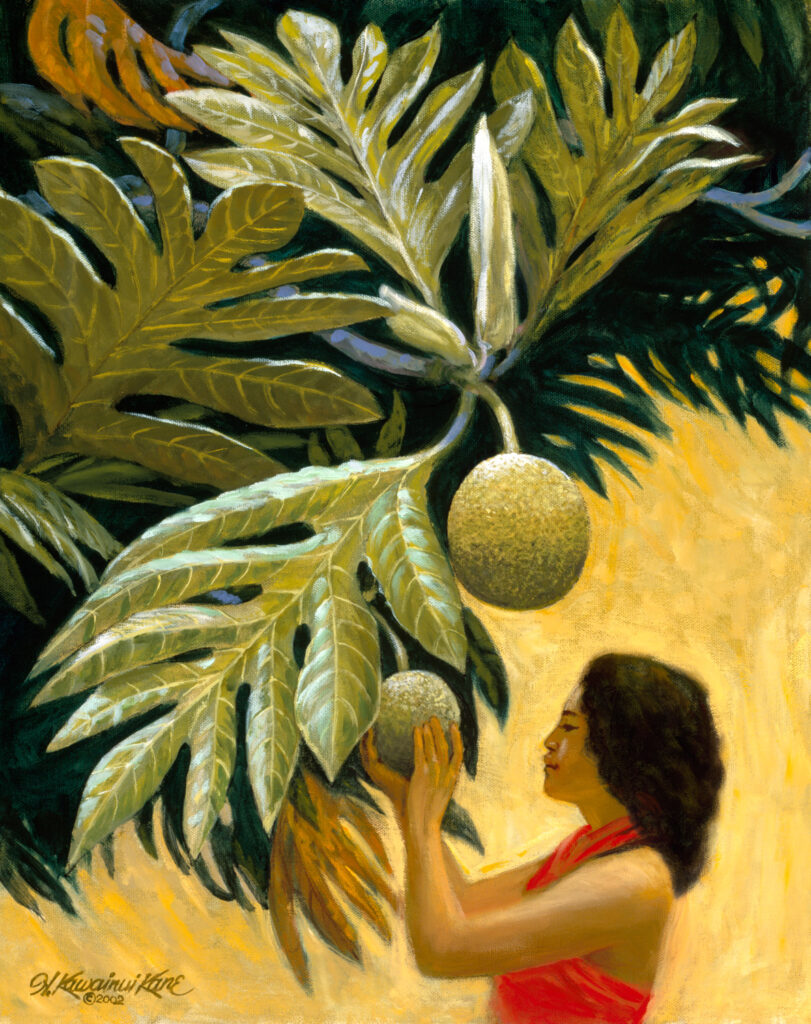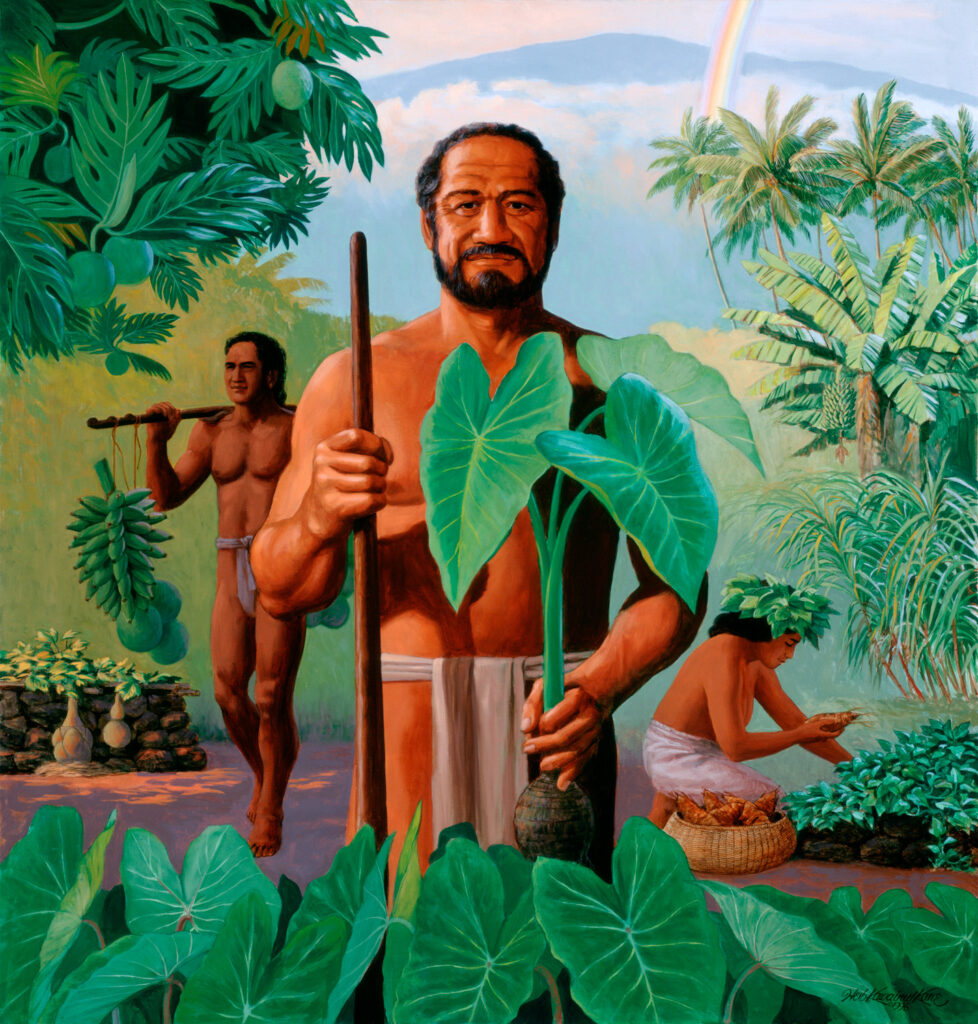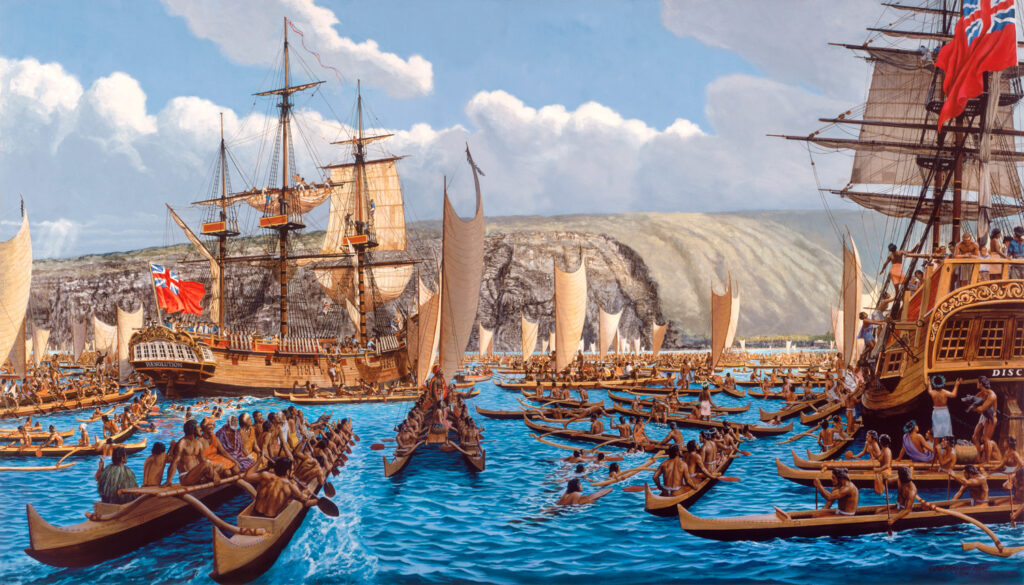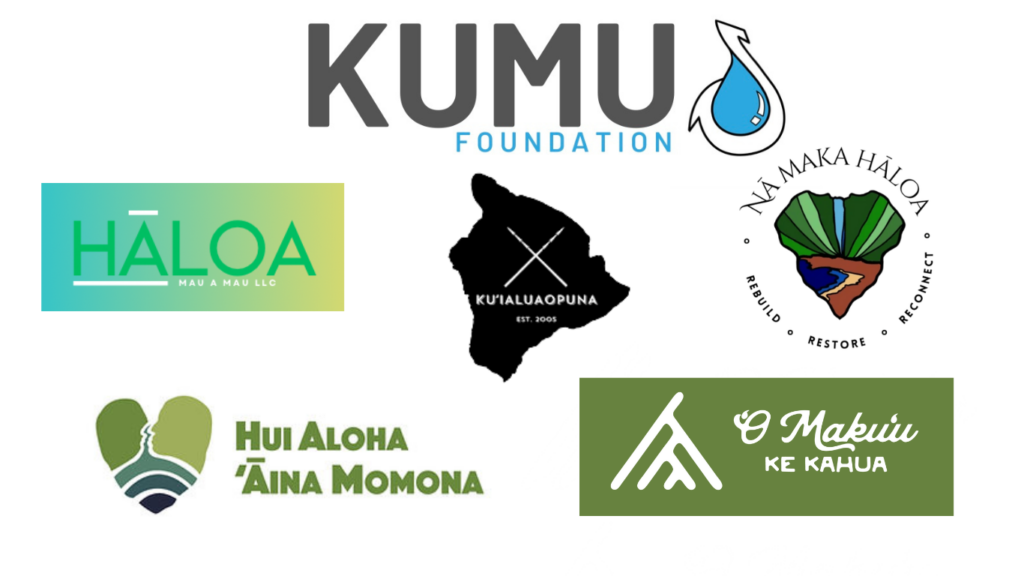History of deforestation in Hawaii.
Haleakala (house of the sun) on the island of Maui currently accounts for around 3% remaining forest cover on its southern slopes, and it is home to some of Hawaii’s last remaining mesic and dry land forest. When most people think of Hawaii, white sand beaches, green landscapes, and paradise is the images that typically comes to mind; However not many know the reality of Hawai’i sets it apart as one of the largest endangered species and extinction capital of the world, as most endemic flora & fauna have evolved in Hawaii over millions of years in isolation and in deep interconnection with each other. These ecosystem are interdependent of one another, and serve each other through symbiotic relationships such as pollination and spreading seed, and or providing habitat and food with each other, many Hawaiian bird species which are key signs of healthy forest are imperiled in Hawai’i, being they have evolved to rely on particular conditions and food sources, and coexist within these natural systems which are in delicate balance, when signs of healthy forest begin to diminish, we start to have see loss of habitat and decline of ecosystem health.
The introduction of avian malaria, cats, rats, and mongoose has nearly wiped 71 of 113 native Hawaiian bird species, which has now removed the forest mechanisms which took nature millions of year of evolution to create, and is a definitive hoailona (omen) of Hawaiian watershed habitat to be critically endangered.
Over the past 300 years Hawai’i has endured an onslaught of deforestation, from unsustainable land management practices, over development, and invasive flora & fauna. Hawaii was once known throughout China as Tahn Heung Sahn (The Sandalwood Mountains) Hawai’i was once known for its fragrance of sandalwood that would drift offshore to greet sailors long before they made landfall. Trade of precious native lumber would first begin in 1790 when American sea captain John Hendricks would make history and become an instrumental figure in starting the first trade of native Hawaiian sandalwood, this first trade of Hawaiian Hardwoods would open the floodgates of exporting native Hawaiian hardwoods into global trade, which would severely alter and diminish our native watersheds.
1845 would make 55 years of this first wave of commodification of aina, and mark the beginning of decline for our precious Hawaiian hardwoods,
leading the exotic hardwood industry to collapse due to the massive decline of available lumber.
Hawai’i after the decline of native lumber, would see a new wave of enterprise coming to the islands, these new foreign entrepreneurs and investors would take advantage of the new open spaces that was created during the hardwood trade that had removed much of the low lying watershed, 1850’s Hawai’i would see the beginning of the sugar industry that would further propel change in traditional land management both in philosophy and economy, and would see Hawai’i officially shift from the agrarian subsistence lifestyle of relying on generationally planted food systems, to that of commercial agriculture and exchanging time for money. The Hawaiian sugar industry would be the next major industrial boom to emerge in the islands and further increase in demand as steam power technology would become available replacing slower sail powered vessels, this enhancement of travel would thrust 1 million acres of Hawaiian lands into sugar production, lands that would formally have been watershed and intentionally planted food systems, would end up in mono crops sugar production, this would open up these lands and remove much of the endemic biology within those spaces.
Introduction of hoofed animals on island would also greatly contribute to the continued degradation of land, invasive flora & fauna such as kikuyu, glycine, and albesia would be spread by seed by rancher to increase protein intake for cattle and provide shade for pastured livestock, many of these introductions of foreign species were done without much forthough to native ecosystems, the spread of these invasive species would aggressively overwhelm and over takes native grasses and plants and often cover and choke native trees, these things compounded with massive herds counts, alongside introduction of deer and goat with no natural predators, has undoubtedly led to a decline of native forests, and till this very day continue to stress an already imperiled native ecosystem.
2016 would mark the end of 150 years of Sugar production, and now these unattended lands void of biodiversity would be the blank canvas for invasive tree canopy, invasive grasses, and eventually invasive pest would consume much of the native endemic ecology, much of the lands generationally planted urban food systems such as Ka Malu ulu o lele (the shade of the ulu grove), would vanish and eventually the place of lele would be renamed to the better known name of Lahaina (the merciless sun) a curse name given to the place of lele, since it would lose any semblance of shade of its once mighty urban food canopy which it was formally named, with great regret the lands of lele remain today as a reminder of the loss of an abundant generationally planted intentional native food system of west Maui ecosystem, that span from the times of great high chiefs such Kaululaau, Wao, and Pi’ilani, which mo’olelo of them, speak of their great contributions to the creation of these massive food systems, as they geo engineered Auwai and inland marsh systems, that captured and slowed water throughout the land, which increased land capacity for lands to be used to cultivate lo’i and urban food systems that would fed thousands of Kanaka Maoli for centuries.
2023 Lahaina Maui would be ground zero for event that would forever alter and change our communities; lack of watershed and the desertification of land, would spark Hawaii’s deadliest fire in history, a fire that would engulf an entire township, with thousands of lives lost as a direct result of the climate crisis, when something of this magnitude happens to a people and place we often look for answers to why things like this happen, maybe the answer lies within our values that put unsustainable agricultural practices and land developement above the wellbeing of land and people.
2025 invasive flora & fauna continue to spread, and the health and wellbeing of aina is still secondary to development of land and extractive systems, that continues to harm our communities and our islands natural systems. The question remains whether humanity is mature enough to self reflect, and begin the process of ho’oponopono aina, and work to restore our neglected lands, and begin to make right for generations of objectifying our land and all life upon it that has led us to global climate crisis.
We might not have all the answers, but for us, having Aloha for our forest is our solution.
